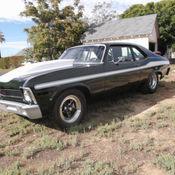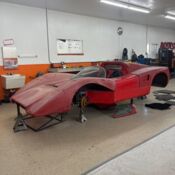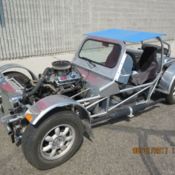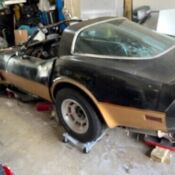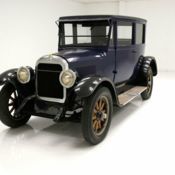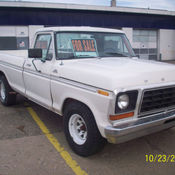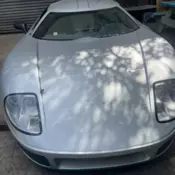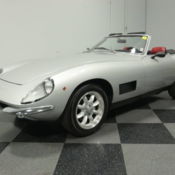1978 Vector W2 Supercar Factory CHASSIS ONLY (NEW) [Aerospace Construction]
| Make: | Other Makes |
| Trim: | N/A |
| Year: | 1978 |
| VIN: | ZZ3LB2F5 6AC00000 |
| Drive type: | N/A |
| Vehicle Title: | Clear |
| Item location: | Rancho Palos Verdes, California, United States |
| Extras |
| Listed by | Private seller |
Description of 1978 Other Makes |
| You are bidding on ONLY the finished factory chassis for a Vector W2 (NOT a complete vehicle. and there is no plumbing or any accessories included). This is a once in a lifetime opportunity to own a piece of automotive history. I work for Vector Motors and also personally for Vector founder Mr. Gerald Wiegert. This chassis belongs to Mr. Wiegert's personal collection. This item is located in Los Angeles. California. For more information. contact me: vectormotorsmike@gmail. comCash only. buyer is responsible for pickup and transportation of item. There is no VIN# for this chassis. eBay is incorrectly displaying a VIN# for this item. Thank you for your interest. -------Excerpt from the ‘Society for the Advancement of Material and Process Engineering (SAMPE)'STRUCTURES & SYSTEMS 4. 1 The Monocoque Structure The basic structure of the Vector is its chassis. It is a semi-monocoque design using an aluminum honeycomb panel and aluminum sheet which is epoxy bonded and stainless steel riveted together. The advantages of this type of construction are threefold. A) Strength. Traditional automotive welded steel structures tend to have stress concentrations at the welds. either at the spot welds in a unibody design. or where the tubes join in a tubular design. Riveting and bonding distributes loads more evenly. The epoxy in the joints carries most of the load. keeping the rivets from working loose after many miles. The Vector's chassis is comprised of a central cab section which is very stiff. and the front and rear extremities. which are de-formable under impact. The cab section houses the occupants and the fuel cell. It is comprised of a tubular steel roll cage structure fabricated from a structural steel alloy. B) Light weight. The entire Vector chassis structure weighs only three hundred and fifty pounds. It is inconceivable to produce a chassis from a mild steel as virtually every other automaker does. with a strength to weight ratio even remotely similar to this type of structure. In terms of the advantage to the vehicle as a whole. light weight provides faster acceleration. higher cornering ability and improved fuel economy. C. ) Stiffness. In order for automotive suspensions to work as they’re intended. they must be fastened to a stable base. The cornering potential of any vehicle is directly proportional to chassis stiffness. It has been estimated that the Vector’s chassis is approximately 300 percent stiffer than any other production GT car chassis. This provides for not only an extremely high cornering capability. but very stable and predictable traits regardless of the road surface condition. High density resilient bushings and self-lubricating bushings are used in the suspension members. resulting in a stiff “feel” without the harshness associated with high performance cars. These suspension bushings also have a life many times longer than traditional high performance parts. |
 Home
Home Contact us
Contact us NEWEST CARS
NEWEST CARS SELL YOUR CAR
SELL YOUR CAR FAQ
FAQ